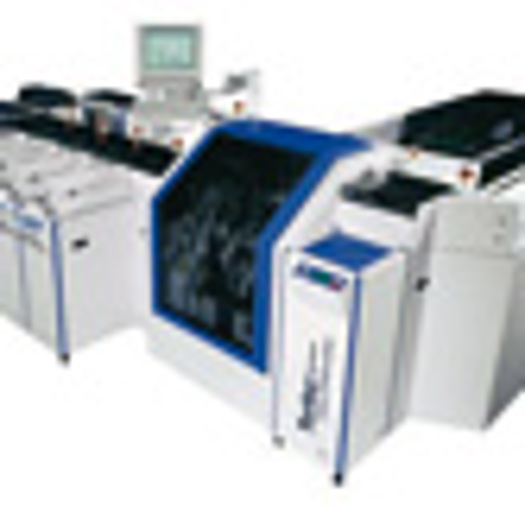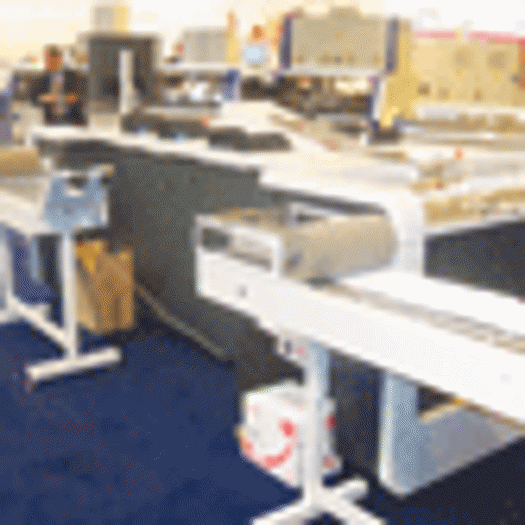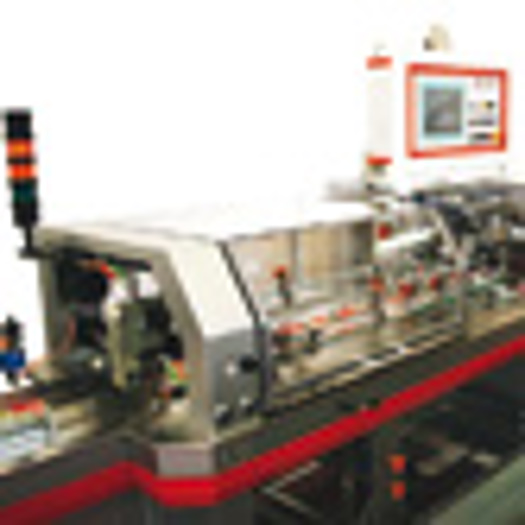Commercial mailroom

The experts agree that print still has a place in direct marketing, but it now needs to fulfil a more flexible role, finds Nosmot Gbadamosi
Digital may be the future of direct marketing communications, but print won’t entirely be confined to the dustbin of history. According to the experts, direct mail is and will continue to be a key component in any marketing strategy.
"Online channels, such as social networking sites, are now very important, but it is the traditional print and mail channels that are driving people to make web purchases," explains Gareth Stoten general manager for the UK & Ireland at Pitney Bowes.
He argues that savvy advertisers will seamlessly integrate digital and printed direct mail into their campaigns.
"The integrated marketing approach will result in a larger number of smaller, often highly targeted, mailings. So there will be more short runs, but our customers want equipment that can cover the widest range of applications and job sizes," adds Stoten.
Cost concerns
This drive means that manufacturers have to be flexible in the application and format sizes of products that they introduce to the market. Equally, buyers are focusing on the whole mailing process when looking to purchase equipment.
"Both suppliers and customers understand the need to be cost competitive – in simple terms, to reduce significantly the cost per mail piece. As a result, we have seen significant investment in high-speed solutions in the direct mail market and transactional markets. Given that labour is such a high component of the unit cost, we have also seen significant moves towards automated traying solutions," says Stoten.
Due to the difficult financial climate, Stoten says his customers are increasingly being asked to provide more for less. As a result, they have to be able to get more out of the technology that they invest in and diversifying into new business areas where possible.
"Diversifying into mailing and fulfilment, for those currently not involved, offers the opportunity to take further share of the value chain of customers," believes Claire Dodds, marketing and communications manager at Neopost.
Before taking the plunge with a purchase, a few questions need to be asked. Establishing the changeover time between jobs is a crucial question to ask of any equipment supplier, according to Dodds.
"How many pre-programmed jobs can it run? Does the system offer document integrity and reading technologies, such as OMR and BCR? Can the system be linked to a franking machine? Does it offer nested document sets?" she says.
Make sure the product not only fits your current requirements, but also your future plans. As with all mailroom systems, the planning of a machine’s exact configuration needs to take account of the products you’re handling and the way that customers supply their mailing lists to you.
WHAT'S NEW IN COMMERICAL MAILROOM
• At Ipex, Pitney Bowes introduced its DI 6100 inserter for transactional mail and the DPS 100. The company is aiming both machines at businesses that are new to mailing. The DPS 100 runs at 16,000 per hour in DL format and 12,000 per hour in C4 format using a servo-motor. Its DI 6100 can process letter-format and C4 pocket envelopes simultaneously
•Also at Ipex, Kern upgraded its 2600 inserting system with its FullPage Scan technology. It enables you to put your mailing codes anywhere on the page and reads all standard processing codes in full
•Neopost launched its DS-75 professional mail enclosing system in April. The mid-volume folder inserter has a 725-sheet capacity and is designed for the large office and small mailroom environments. The machine is capable of handling 500 envelopes every eight minutes









